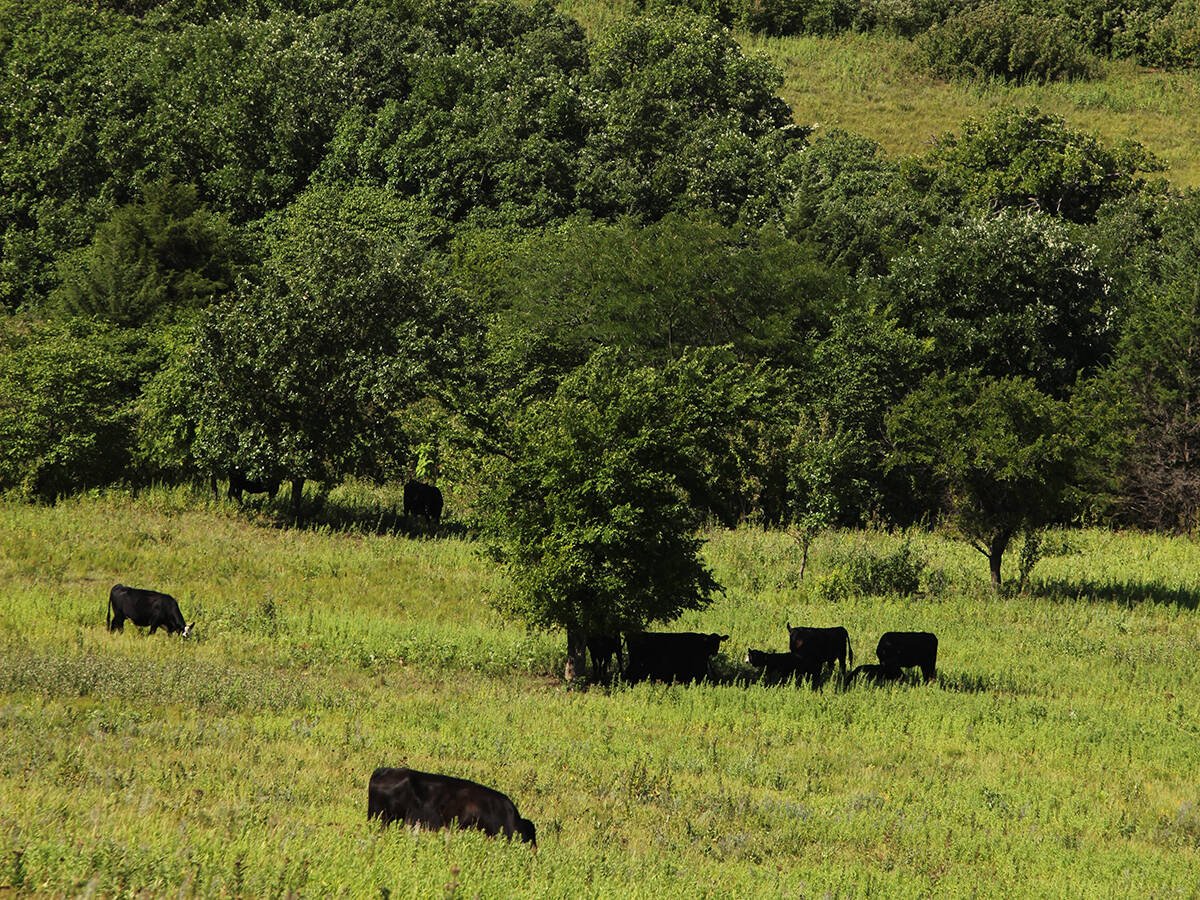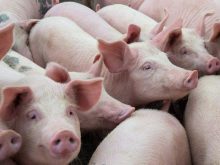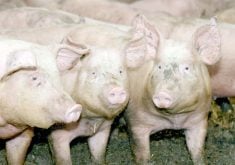LETHBRIDGE – As record numbers of dairy cows are exported to southeast Asia, Canadian hay producers are encouraged to follow in their footsteps.
Japan has always been a prime market for Canadian forage pellets, cubes and compressed hay, but now new markets are opening in South Korea, Taiwan, Indonesia and Vietnam, said Mark Pocklington, a processor from Cranford, Alta.
In recent years those countries have imported Canadian milk cows but don’t have enough quality feed to help the cows produce properly, he said.
The newly formed Canadian Hay Association, which consists of forage processors and growers, hopes to take a larger piece of the forage pie away from the U.S. and Australia.
Read Also

Beef cattle more prone to trace mineral deficiencies
The trace mineral status of our cows and calves is a significant challenge for western Canadian producers and veterinarians.
In 1993, Japan imported 99 percent or 277,000 tonnes of its alfalfa pellet requirements from Canada. When it came to cubes, the United States sold them 77 percent of their total imports or 614,000 tonnes. Canada followed, selling them 166,000 tonnes.
The U.S. also sold Japan 1.1 million tonnes of bales or 88 percent of their needs. The bales of timothy hay are compressed to about one-third the size of a regular square bale, with 12 percent or less moisture content.
Timothy hay allowed
Beginning Jan. 1, timothy hay is now allowed into South Korea, as long as it’s part of a compound feed. Pocklington expects whole bales of timothy will be allowed in later this year.
This could make Korea a new outlet for producers who didn’t meet the strict Japanese criteria for export timothy, said Pocklington.
The industry is projecting record levels of dehydrated alfalfa for this crop year.
About 832,000 tonnes are expected, mostly in pellets of which 85 percent is exported, mostly to the Pacific Rim. Most hay is dehydrated in Alberta and Saskatchewan.















